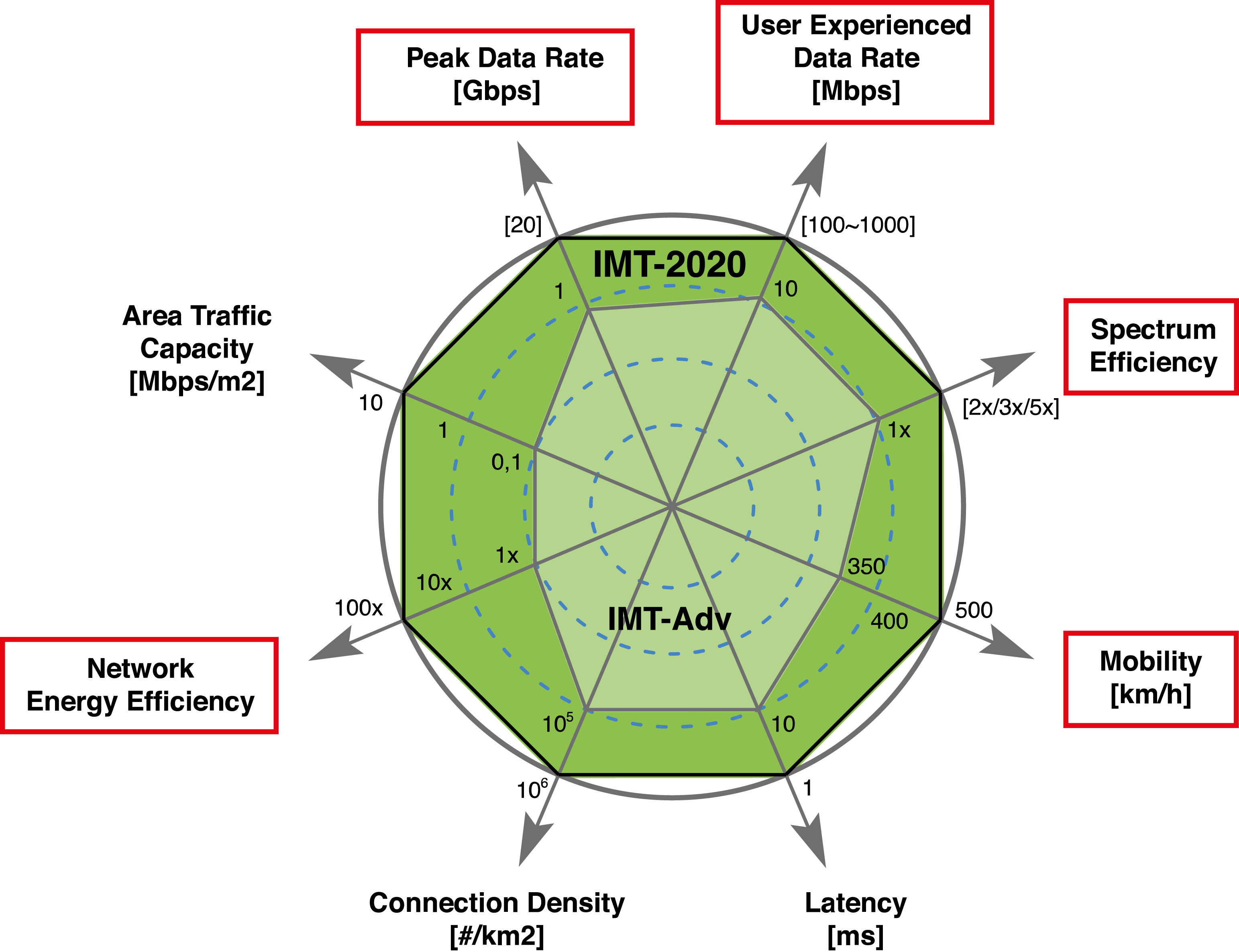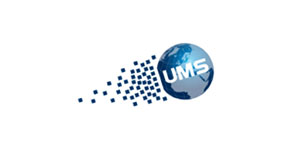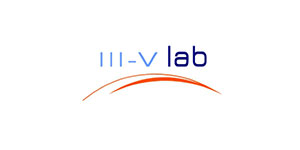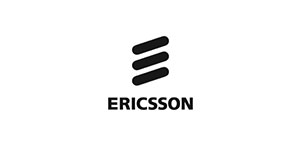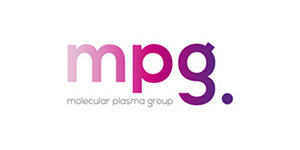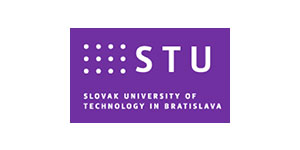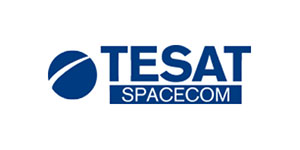Summary
The fifth generation (5G) communications technologies will provide internet access to a wide range of applications: from billions of low data rate sensors to high resolution video streaming. The 5G network is designed to scale across these different use cases and will use different radio access technologies for each one.
To support very high data rates 5G will use wide bandwidth spectrum allocation at mm-wave frequencies. The offered bandwidth at the mm-wave frequencies (above 24 GHz) is more than 10 times as large as that in the lower bands (sub 6 GHz). However, the move to mm-waves comes at a cost – increased path loss. This makes it extremely challenging to provide coverage at mm-wave frequencies.
A partial remedy is to use beamforming to direct the radio energy to a specific user. For some deployment scenarios beamforming is not enough and the output power must also be increased. A major challenge is to bring affordable, high-performance mm-wave active antenna arrays into production. There is currently a market pull for this systems but there exists a capability gap.
5G_GaN2 project will substantially lower the cost and power consumption, and increase the output power of mm-wave active antenna systems. The maximum output power and energy efficiency results will be possible thanks to the use of advanced Gallium Nitride (GaN) technology. In addition, low-cost packaging techniques for digital applications will be further developed to reach the cost and integration targets.
The capabilities of the developed technology will be shown in a set of demonstrators. The application driven demonstrators will be used to guide the technology development towards maximum impact and exploitation in the post project phase. The consortium spans the complete value chain: from wafer suppliers, semiconductor fabrication and system integrators. In addition, key universities and research institutes guarantees academic excellence throughout the project.
